Challenges in taking advantages of opportunities from the FTAs – Part 5: Proper research on the FTA policies is ne
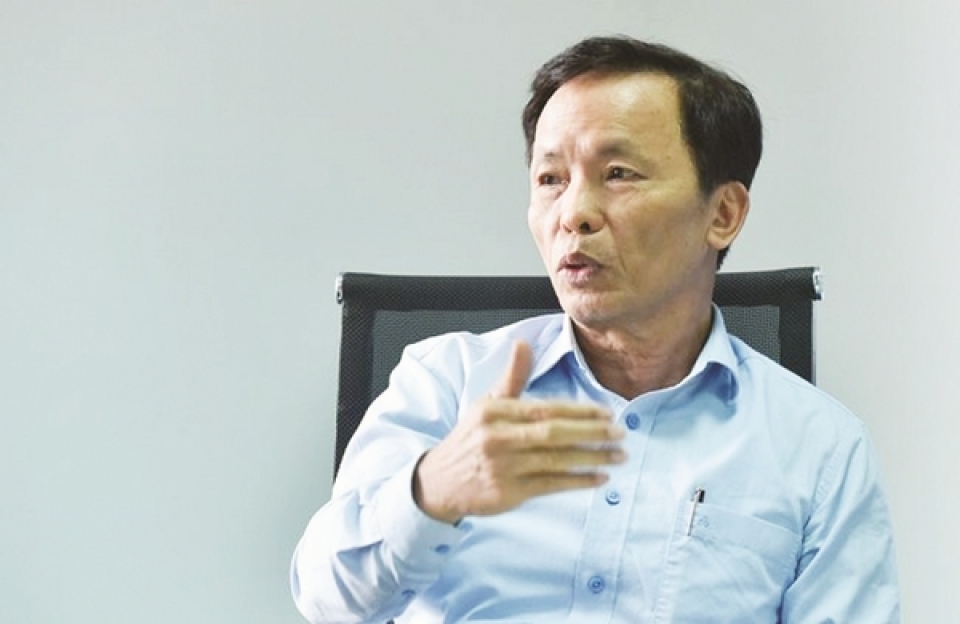 |
Changing the trade balance, the significant surpluses in 2017 as well as in the first half of this year are seen as a positive result due to extensive economic integration, typically involving the FTAs. However, there are many comments that the export growth depending too much on FDI enterprises is a concern. What is your point of view?
The Vietnam's FDI attraction policy is good only if it focuses on aspects such as capital, technology and enterprise management and effectively links FDI with domestic firms. This policy is quite consistent but its implementation has not been good yet. However, it is also important to affirm that Vietnam still needs to continue calling for FDI to solve the labor problem in the short term. In parallel, it is necessary to improve the quality of investment in two main directions: attract high technology, create regional and global supply chain value.
Particularly in the use of the FTA to promote export, the total absolute export turnover has increased, causing concern for some people because it is mainly from FDI. The problem is not to try to reduce the export volume of FDI, but the pressure is to increase the export turnover of domestic enterprises by developing competitive products, diversifying the market, taking advantages of the FTAs that other countries whose competitive goods with Vietnam do not have ...
As mentioned earlier, FDI is an important source of the Vietnamese economy. In attracting FDI, it is necessary to emphasize the technological factor. Of course, accessing to technology from FDI enterprises depends on two factors: capacity of attracting high-tech FDI of the State and capacity of exploiting the hi-tech FDI of Vietnamese enterprises. The necessary policies on education and training of high quality human resources, start-up businesses and appropriate supports for enterprises operating in the value chain should be deployed in order to exploit this link.
In the process of deepening international economic integration, especially joining the FTAs, Vietnam has made remarkable achievements. However, the reality is that the utilization of benefits and opportunities from the FTAs is not as expected. In your opinion, what are the underlying causes of this?
Firstly, although progress has been made, it is important to confirm that the preparation for joining and implementing the FTAs in Vietnam is not very good right from the stage of negotiating policy proposals. The most specific expression is the participation of involved associations, industries and businesses.
In other countries, when negotiating FTAs, associations of related industries will support or criticize depending on whether these groups of business will benefit or not. Based on national interests, negotiating delegations will measure properly. For example, the content of the FTA negotiation refers to the tariff reduction schedule for steel products; importers want to have lower taxes, quick reduction schedule while domestic steelmakers of the same category want to have a certain level of protection to ensure that their businesses are less affected. These groups of opposing interests often organize lobbying sessions to negotiation delegations. Once the results are negotiated, they rapidly deploy opportunities or reduce risks
In the process of joining the FTAs, there is no such active preparation in Vietnam. Enterprises consider it a matter of government, so they paid little attention from the beginning. Only a few associations represent the voice of the business sector in providing comments for the FTA negotiations. In the same association, the interests of the business groups often conflict. For example, in the steel industry, there are both manufacturers and importers of steel so it is difficult for the Steel Association to make their recommendations in the field of market opening. Therefore, in the near future, it is necessary to create favorable conditions for the establishment of associations and enterprises of the same interests so that they can regularly participate in the negotiation and implementation of the FTAs in order to protect themselves, including the recommendations on measures to protect the domestic market, against the abuse of excessive protection measures abroad.
When the groups of business with opposing interests speak up, the state has a role to play in balancing those interests based on the national interests. It should be noted that, due to the active participation as mentioned above, the business community in many countries have full information, even when the FTAs have not been signed. Therefore, once the FTAs are in effect, they have been exploited and deployed very fast, while enterprises in Vietnam are in contrast. The FTAs have been signed for 1-2 years, many enterprises still do not know about them or if they know, they passively wait for state agencies to talk about them. This has been going on for many years. Recently, this situation has changed in some industries, but not significantly.
Secondly, the coordination of information and resources to implement the advantages of the FTAs is limited. This is reflected in the lack of coordination in the system among the state agencies as well as between the state apparatus and business community.
In my opinion, the implementation of this connection should have a central department as a focal point, connecting to the outside and inside, removing any problems to make good use of the FTAs. For example, the Ministry of Industry and Trade is the focal point. The Ministry of Industry and Trade has its head and many key experts involved in the FTA negotiations; has specialized departments on major import-export markets; has trading systems in many countries having FTA relations with Vietnam in foreign countries; has a number of provincial Departments of Industry and Trade in 63 provinces and cities with many trade and investment promotion centers; has the Trade Promotion Department assigned by the State for promotional activities, including FTAs; has the agencies responsible for protecting the domestic market through trade defense measures, technical barriers; has close links with many economic ministries; has relations with many associations and branches in the whole country. Therefore, this ministry is most likely to be the focal point for the implementation of the FTAs in order to exploit the best opportunities and solve the most outstanding problems at the same time.
In addition, the linkage must be carried out among the provinces, from the provinces to enterprises, creating soft links together using information technology and limiting the administration. It is possible to build an FTA website linking with 63 provinces so that even micro-enterprises and farmers can know clearly each FTA.
Besides the above elements, the process of preliminary review and evaluation of the implementation of each FTA should be regular and close. Otherwise, the opportunities go away, while partners are exploring these opportunities very well. The government should check the implementation. The Congress should effectively monitor each FTA on the basis of the actual loss-and-gain of every FTA.
In the context of increasing the global major trade conflicts, the high trend of protection, in your opinion, what should Vietnam pay attention to in the process of economic integration in general and participation in FTAs in particular?
Depending on each FTA, but in general, the rules of origin are the most important. In the current context of trade conflicts, Vietnam is likely to become a country that exploits the immediate advantages of the FTAs which have been and will be effective. However, if we are not careful and cannot control the origin, it is possible that we will become a "victim" because foreign companies forge origin, cheat Vietnamese consumers; or become a "criminal" when letting foreign companies imitate Vietnamese origin to avoid tax in the markets that are still giving preference to goods of Vietnamese origin. At that time, the risk will be huge.
The escalation of trade conflicts and increase of the import tariffs will make commodities of some countries expensive in markets where Vietnam has partnerships. Taxpayers may choose to borrow the origin of Vietnam for export. Therefore, it is necessary to have regulations and then implement them strictly, seriously and effectively to protect the origin of Vietnam. This is also a command, challenge set for Vietnam in the import and export activities.
Apart from the above problems, with the FTAs, Vietnam has a better chance of receiving FDI. Investors will take advantage of the opportunities to produce exports. However, if they do not know how to regulate and increase export too much in the favored markets, it leads to high risk of being subjected to anti-dumping, anti-subsidy measures... The current situation implies that the FTA exploitation policies aiming to optimize the advantages and minimize the risks need to be properly researched.
Thank you, Sir!
Ms. Tran Kim Ha, deputy head of the Estimation and Budget Management Division under the Import-Export Duty Department (General Department of Vietnam Customs): Continuously implementing comprehensive solutions to prevent losses
It can be seen that the implementation of the FTA commitments aims to attract and increase foreign investment, reduce input costs for domestic enterprises, boost production and export - import turnover. However, this also led to a decline in state revenues from import taxes. Therefore, from the beginning of 2018, the General Department of Customs asked all units to actively assess the impact of integration commitments on state budget revenues, thereby drastically deploying the guidelines, strengthening the review and understanding revenue sources; studying, proposing and implementing solutions to increase revenues and avoiding losses of state budget. In particular, the solution is to review, grasp the situation of tax debts, classify debt groups in detail, clearly assess each enterprise, the status and causes of tax debts, and give solutions according to the regulations; to deal with, enforce, recover tax debts, reduce the tax arrears, avoid new debts and the fact that new debts is higher than the old ones...
Related News

Electronics industry overcomes challenges to penetrate deep into global supply chain
19:38 | 16/11/2024 Import-Export
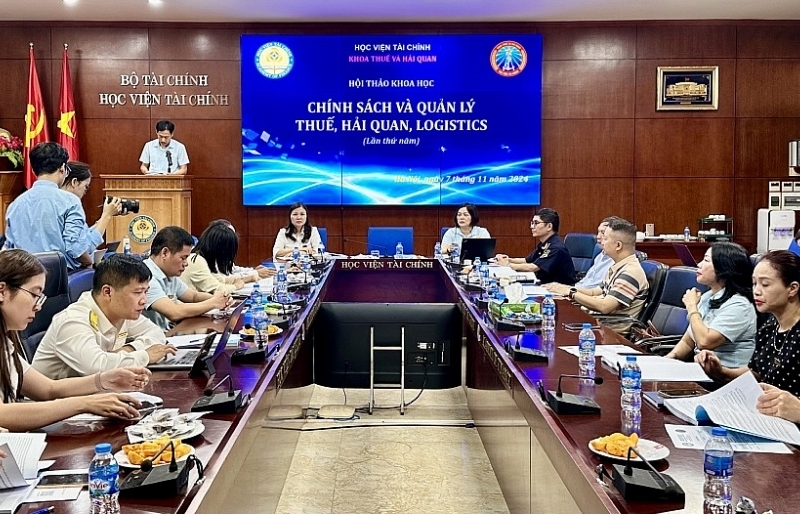
Policy adaptation and acceleration of digital transformation in tax and customs management
10:03 | 14/11/2024 Regulations

Vietnamese businesses in the face of the wave of international e-commerce platforms: Benefits and challenges
10:05 | 14/11/2024 Headlines
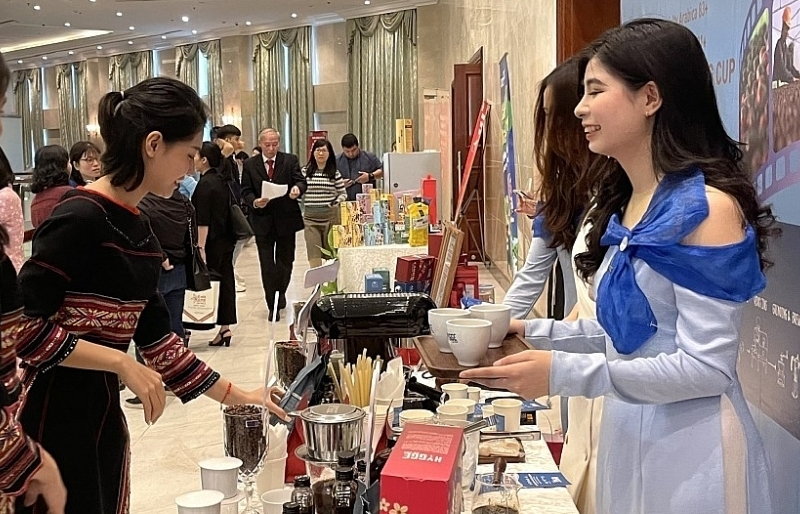
Revising policies to adapt to two-way impact of FTAs
09:24 | 10/11/2024 Finance
Latest News
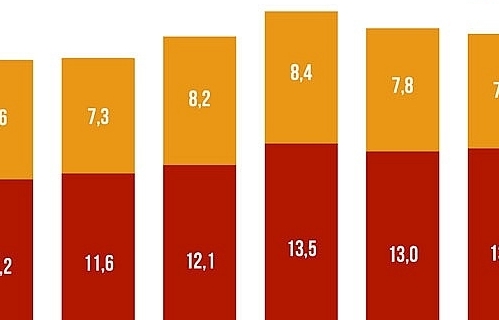
Top 10 Reputable Animal Feed Companies in 2024: Efforts to survive the challenges of nature
18:30 | 21/12/2024 Import-Export

Vietnam's import-export surges 15.3%
09:44 | 20/12/2024 Import-Export

More Vietnamese firms interested in Saudi Arabia: Ambassador
09:43 | 20/12/2024 Import-Export

“Give and Take” in the Value Chain of the CPTPP Market
09:30 | 20/12/2024 Import-Export
More News

Binh Dinh province works to attract investment from Japan
15:44 | 19/12/2024 Import-Export

Agricultural, forestry and fishery exports “reach the target” early
15:20 | 19/12/2024 Import-Export

Thailand remains Vietnam’s biggest trading partner in ASEAN
15:35 | 18/12/2024 Import-Export

Rubber value soars in 2024: VRA
15:33 | 18/12/2024 Import-Export
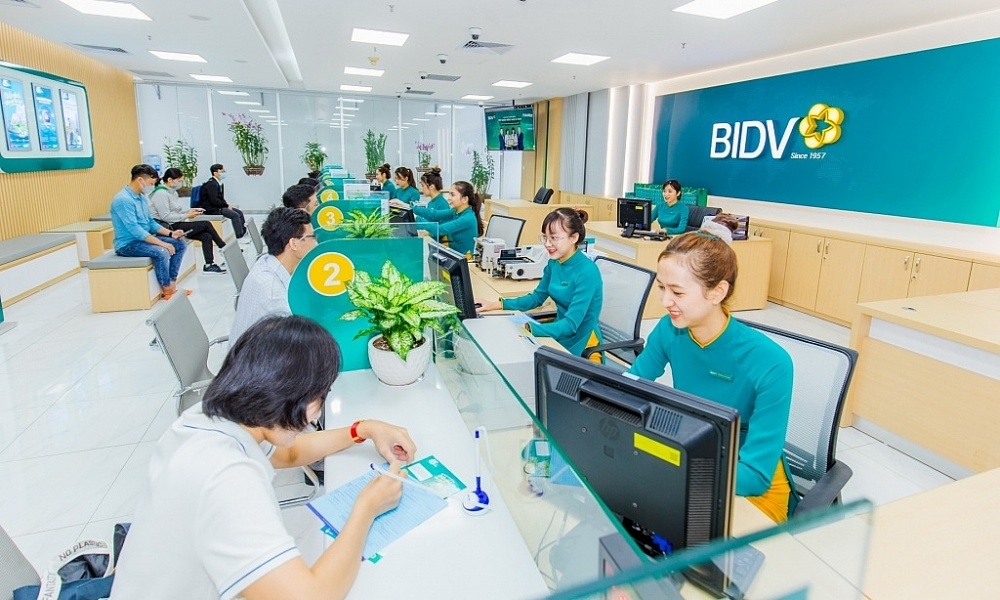
Vietnamese businesses struggle to access green finance
09:58 | 18/12/2024 Import-Export

E-commerce: a gateway to boost Vietnamese commodities in the UK market
16:55 | 17/12/2024 Import-Export

Agro-forestry-fisheries exports top 62 billion USD in 2024
16:51 | 17/12/2024 Import-Export
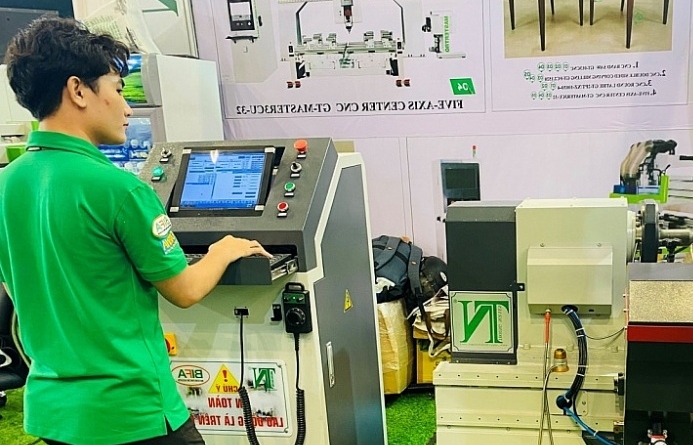
Removing “bottlenecks” for digital transformation in industrial production
10:00 | 17/12/2024 Import-Export

UKVFTA facilitates Việt Nam's tuna exports to UK market
13:56 | 16/12/2024 Import-Export
Your care

Top 10 Reputable Animal Feed Companies in 2024: Efforts to survive the challenges of nature
18:30 | 21/12/2024 Import-Export

Vietnam's import-export surges 15.3%
09:44 | 20/12/2024 Import-Export

More Vietnamese firms interested in Saudi Arabia: Ambassador
09:43 | 20/12/2024 Import-Export

“Give and Take” in the Value Chain of the CPTPP Market
09:30 | 20/12/2024 Import-Export

Binh Dinh province works to attract investment from Japan
15:44 | 19/12/2024 Import-Export




